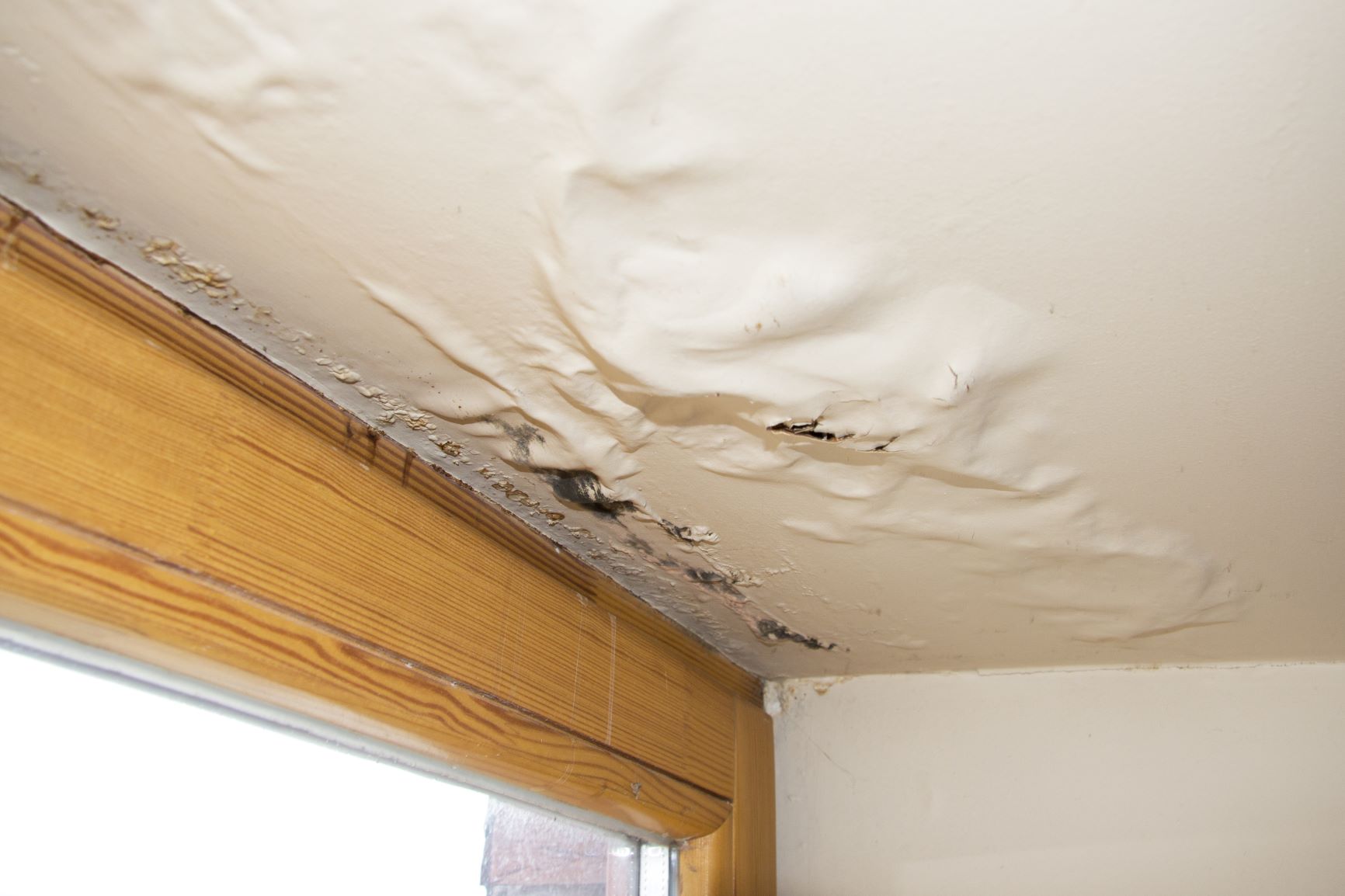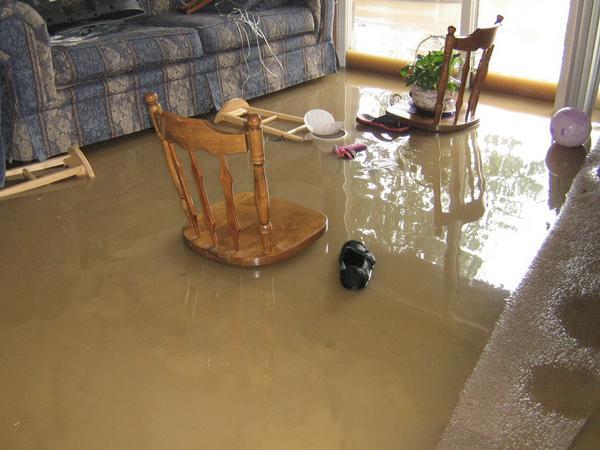The Process of Water Damage Cleanup: Ensuring Your Home Is Brought Back Effectively
Water damages can be a difficult obstacle for home owners, demanding a precise and structured cleanup procedure to restore safety and functionality. damage restoration services. Following this, efficient water extraction strategies play a pivotal role in alleviating additional damage.
Assessing the Damage
Upon finding water damages, the very first step is to thoroughly analyze the degree of the impact. This first assessment is crucial, as it helps figure out the required actions for efficient cleanup and reconstruction. Begin by checking the impacted locations, consisting of walls, ceilings, floors, and individual possessions, to recognize the source of the water breach, whether from flooding, leakages, or condensation.
Documenting the damages is necessary for both insurance coverage cases and intending remediation initiatives - damage restoration services. Usage photographs and composed notes to capture the extent of the damage, noting any kind of affected architectural components and materials. Pay special attention to locations that may not be right away noticeable, such as behind wall surfaces and under carpets, as hidden moisture can lead to further complications, including mold and mildew development
Additionally, analyze the timeline of the water direct exposure. The longer the materials continue to be wet, the better the capacity for damage. Recognizing the period of direct exposure will certainly inform the seriousness of removal efforts. Inevitably, a detailed assessment prepares for a successful water damage cleaning procedure, guaranteeing that all affected locations are dealt with effectively and thoroughly.
Water Removal Strategies

Experts generally employ completely submersible pumps for larger volumes of water, which can promptly reduce flooding in cellars or various other influenced areas. For smaller quantities, wet/dry vacuums are often made use of to draw out recurring dampness from carpets and hard surfaces. Additionally, using portable extractors enables targeted elimination in confined rooms or locations with fragile products.
In instances of contaminated water, such as sewage or floodwater, progressed removal techniques may entail the use of biohazard devices to ensure safety and security and conformity with wellness policies. High-powered removal tools are crucial in minimizing water retention in architectural products, which can cause mold growth and architectural wear and tear if not addressed immediately.
Eventually, the effectiveness of water extraction strategies plays a critical function in the total success of the water damage clean-up procedure, preparing for subsequent remediation efforts.
Drying and Dehumidification
Once standing water has been properly removed, the next vital phase in the water damage cleaning process is drying and dehumidification. This step is vital to stop further damage and mold and mildew development, which can take place within 24 to two days in wet environments.
To attain reliable drying out, specific tools such as industrial-grade air moving companies and dehumidifiers is utilized. Air movers flow air throughout wet surface areas, enhancing evaporation rates, while dehumidifiers reduce moisture levels airborne, promoting a favorable setting for drying out. The combination of these devices makes certain that dampness is extracted from floorings, wall surfaces, and home furnishings, permitting them to completely dry extensively.
It is necessary to keep track of the drying procedure very closely. Professionals commonly make use of dampness meters to assess the moisture content in various products, making certain that all influenced locations reach acceptable dry skin levels. This meticulous approach aids to avoid concealed dampness pockets that can bring about architectural damage or unhealthy mold and mildew growth.

Cleaning and Sterilizing
After the drying and dehumidification stage is complete, the following crucial action in water damages cleanup is cleansing and sanitizing the influenced locations. This process is crucial to avoid the growth of mold and mildew, germs, and various other microorganisms that thrive in moist settings.
The cleansing stage normally involves eliminating any type of particles, dirt, and pollutants from surfaces utilizing specialized cleansing agents. For tough surface areas, a mix try this out of soap and water or business cleaning items is usually used. Soft products, such as furniture and rugs, may require much more substantial cleansing approaches, including steam cleaning or deep extraction techniques, to ensure thorough sanitation.

Sterilizing follows cleaning, using EPA-approved anti-bacterials to remove hazardous microorganisms. This step is essential, especially in areas that might have entered into call with floodwaters or sewer, as these sources can present serious wellness dangers.
Additionally, it is crucial to resolve any type of staying odors, which might need using odor neutralizers or advanced methods like ozone therapy. Appropriate cleansing and sanitizing not just recover the security and hygiene of your home yet also lay the groundwork for successful reconstruction and fixings in subsequent phases of the water damage cleanup process.
Repair and Fixings

Once the analysis is total, remediation efforts can begin. Additionally, flooring may need comparable attention, depending on the level of water exposure.
It is vital to involve experienced reconstruction experts during this procedure, as they possess the expertise to handle complicated repair work efficiently. They can aid minimize prospective future concerns, such as mold growth or architectural instability, hence making sure a habitable and secure living atmosphere. Inevitably, efficient remediation and repair services restore the home's integrity and enhance its general worth.
Final Thought
Finally, the process of water damage clean-up is vital for water damage local restoring a home to its pre-damage condition. Each stage, from examining the damage to implementing reliable water extraction techniques, followed by comprehensive drying out, sterilizing, and necessary repairs, plays a necessary duty in making sure security and conformity with building criteria. Effective execution of these steps not just minimizes prompt damage yet also enhances the lasting honesty and worth of the residential or commercial property.
Water damages can be a complicated obstacle for homeowners, demanding a structured and meticulous cleaning process to recover safety and security and capability. Eventually, a detailed analysis lays the groundwork for a successful water damages cleaning procedure, making sure that all impacted areas are dealt with efficiently and thoroughly.
Efficient water removal techniques are necessary in reducing damage and stopping additional complications following a water breach event.In final thought, the process of water damage cleaning is critical for recovering a home to its pre-damage problem. Each phase, from evaluating the damage to implementing efficient water removal strategies, adhered to by extensive drying, sanitizing, and required repairs, plays check it out an essential function in guaranteeing security and conformity with structure requirements.